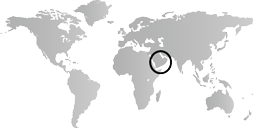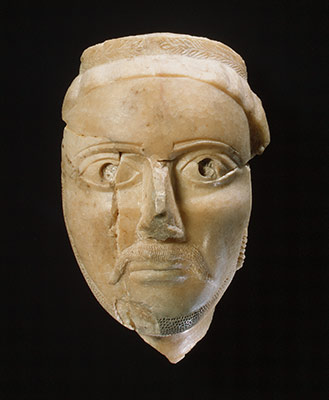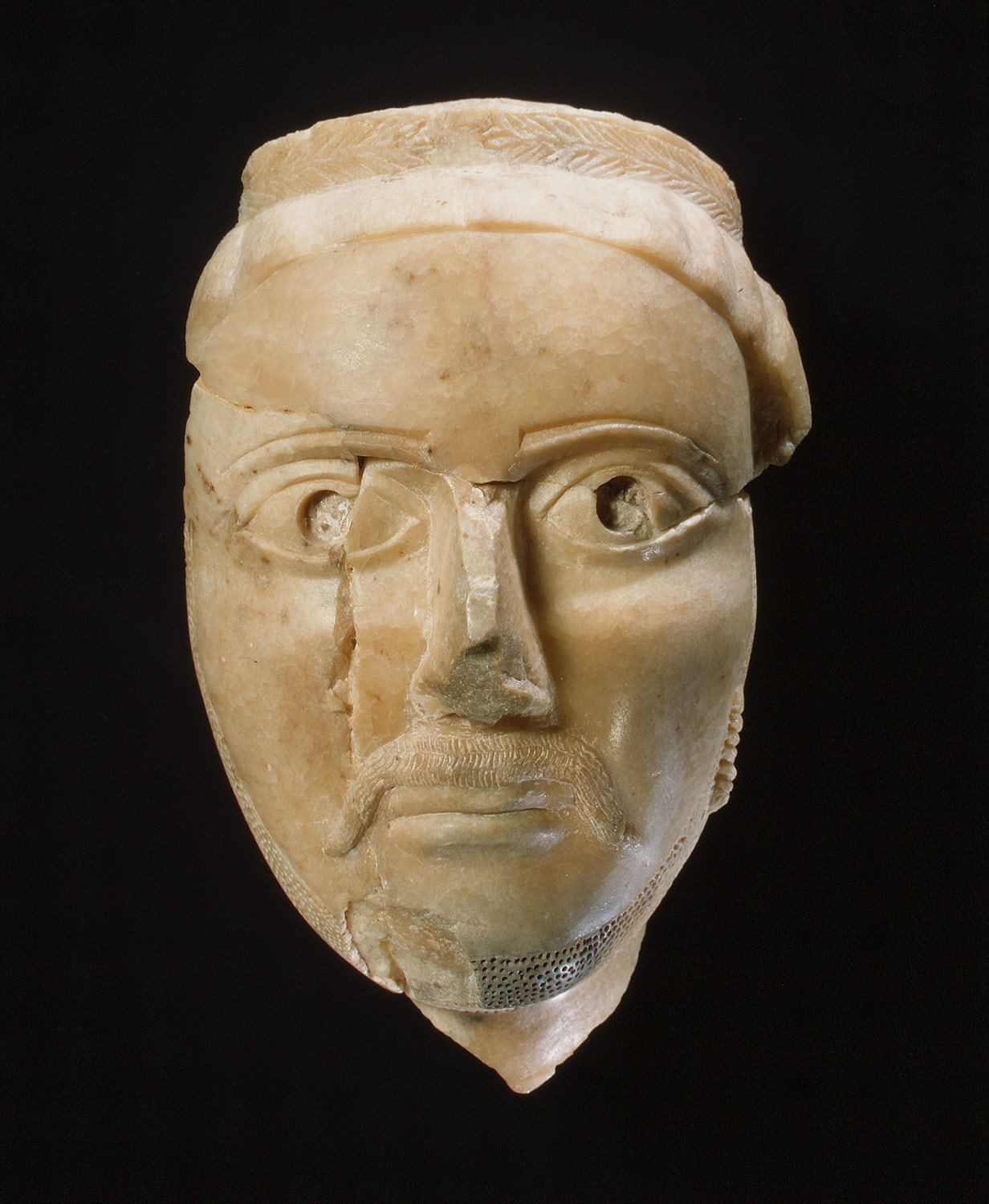The prosperity of South Arabia encourages the Romans to refer to it as Arabia Felix (“happy Arabia”). Increased trans-Arabian trade stimulates the growth of cities that service the trains of camels moving across the desert. The most prosperous of these—Petra in Jordan and Palmyra in Syria—are relatively close to markets in the Mediterranean region, but small caravan cities develop within the Arabian Peninsula as well. The most important is Mecca, which also owes its prosperity to certain shrines in the area visited by Arabs from all over the peninsula.
Arabian Peninsula, 1–500 A.D.
Timeline
1 A.D.
125 A.D.
125 A.D.
250 A.D.
250 A.D.
375 A.D.
375 A.D.
500 A.D.
Overview
Key Events
-
1st century A.D.
In the south, the kingdom of Himyar conquers much of the region, amalgamating with part of Saba. Meanwhile, the rival kingdom of Hadhramaut destroys the capital of the Qataban kingdom. The Sabaeans reassert their independence and attack and conquer much of Himyar and Hadhramaut.
-
106 A.D.
The Romans annex the kingdom of the Nabataeans, which becomes the province of Arabia.
-
ca. 240 A.D.
The Parthians are a major force in the region, at least according to accounts of the Sasanian military campaigns against eastern Arabia. The Sasanians become a political power in the region and remain so for the next four centuries.
-
3rd century A.D.
Southwest Arabia is invaded by the ruler of Abyssinia, possibly introducing Christianity to the region. In 360 A.D., the king of Himyar is baptized. The Abyssinians are eventually driven out by the Sasanians at the invitation of the ruler of Himyar.
-
after 400 A.D.
The Roman and Sasanian empires pay Arab tribes to protect their southern borders and harass the borders of their adversaries.
Citation
“Arabian Peninsula, 1–500 A.D.” In Heilbrunn Timeline of Art History. New York: The Metropolitan Museum of Art, 2000–. http://www.metmuseum.org/toah/ht/?period=05®ion=wap (October 2000)
Related
Map


